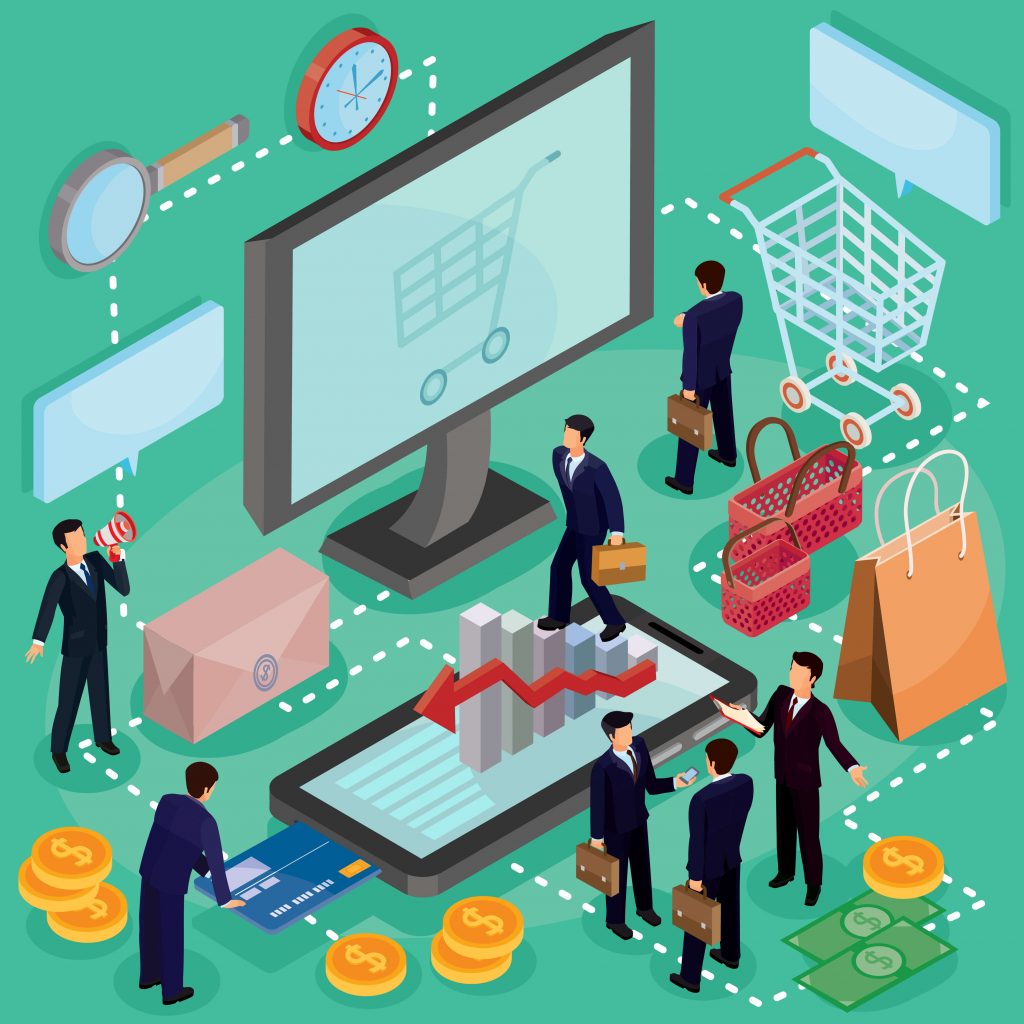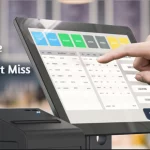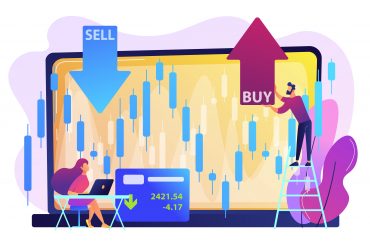Top 5 Emerging Trends In B2B BigCommerce For 2024
Last Updated | January 12, 2024
Table of Contents
There is no denying how ecommerce has emerged as a giant in the world of trading. Both B2C and B2B BigCommerce have gained immense worth over the years. But 2024 holds a more significant revolution for the B2B organizations out there.
While some ecommerce trends remain relevant this year, BigCommerce as a platform is about to render unique opportunities for specific advancements. Therefore, let’s avoid legacy systems and embrace a world of cutting-edge features that can empower your B2B business!
Read Also: BundleB2B: How To Optimize Business With Bigcommerce B2B Bundle
B2B BigCommerce Trends for 2024
B2B businesses looking to win in these crowded and competitive markets must follow these emerging trends!
Trend #1: Hyper-Personalization With Headless Commerce
BigCommerce’s clear structure allows for seamless integration with various front-end tools. The same goes for the case of its personalized engines. In 2024, we expect stores to leverage this flexibility to create tailor-made shopping experiences.
They will be based on individual customer data and preferences. It will be a sight for each visitor to see product recommendations, dynamic content, and targeted promotions tailored to their needs.
This trend became popular due to the increasing demand from consumers for personalized experiences. Since the consumers no longer want to be just another number. Instead, they want equal value in the process. This is where headless commerce takes charge.
From taking the shopping experience a notch higher to breaking the traditional template-based ecommerce, this process covers all. Eventually, it authorizes businesses to showcase products and services uniquely and dynamically. This means that a visitor’s past purchases and shopping cart contents could be used to present relevant content, thus polishing their shopping experience and increasing conversion rates.
Trend #2: Live Commerce and Interactive Shopping
As we look toward 2024, we expect to see a surge in AR/VR usage within BigCommerce.We have already seen the power of live video streaming platforms in 2023, such as YouTube and Instagram. They are becoming powerful sales channels day by day. BigCommerce stores for B2B can also capitalize on this trend by integrating live shopping features.
This will allow real-time influencer collaborations, product demonstrations, influencer collaborations, and interactive Q&A sessions during live streams. Additionally, these technologies enable customers to virtually ‘try before they buy.’ Something highly beneficial in reducing the uncertainty associated with online shopping.
All these tremendous advantages can redefine the B2B ecommerce landscape. Hence, it is more exciting and customer-centric than ever before.
Technological advancements have made it possible for BigCommerce to provide an immersive shopping experience via augmented reality (AR) and virtual reality (VR).
Trend #3: Embracing the “Marketplace Model”
The “Marketplace Model” will play a bigger role in B2B BigCommerce by 2024. B2B businesses can use this model in two ways. First, they can sell products through established online marketplaces to expand their reach and access new markets. This can increase their customer base and drive revenues.
Second, large B2B companies can create their own online marketplaces. By leveraging their existing customer base and supplier network, they can enhance business operations and generate additional sales channels. This leads to more control over the supply chain and a better customer experience.
Interplay with social media is another important aspect of the marketplace model. Platforms like LinkedIn are crucial for B2B marketing and sales. Innovations like shoppable posts and live video commerce integrate ecommerce into daily social media use, creating new opportunities for customer engagement and sales conversion.
Trend #4: AI-powered Automation and Optimization
BigCommerce has built-in AI tools and integrations with external AI platforms. These tools will empower stores to automate marketing campaigns, inventory management, and customer service tasks. AI-driven insights will also drive conversion rates by optimizing pricing and product recommendations.
In 2024, these AI-powered automation and optimizations will be more sophisticated. The reason is that they provide invaluable assistance to B2B businesses. AI algorithms predict inventory needs based on historical sales data and upcoming market trends. Hence, it ensures optimal stock levels and prevents overstock or stockouts.
After all, both overstocking and understocking can be troublesome. Furthermore, AI will enhance customer service by predicting customer issues before they arise and auto-generating solutions. Lastly, AI-driven dynamic pricing strategies and hyper-personalized product recommendations will be standard, driving optimal customer satisfaction.
Trend #5: Rise of Alternative Payment Methods
BigCommerce stores in 2024 will have to come up with diverse payment options. They must be beyond traditional credit cards. Considering the increasing popularity of digital wallets, we expect broader adoption of buy-now-pay-later (BNPL) services, such as cryptocurrency payments, and even integration with emerging technologies like Web3 payment solutions.
Entering into BigCommerce means adapting to these changing trends, which is essential. These digitalized payment methods provide security, speed, and global reach, making them attractive alternatives for B2B BigCommerce. For example, Digital Wallets like Apple Pay and Google Pay offer the convenience of seamless and instant payments.
Above all, the Buy-Now-Pay-Later model is gaining traction. Eventually, allowing customers to purchase goods and pay over a while increases their purchasing power. Lastly, integrating Web3 payment solutions is a step towards a decentralized ecommerce system—further democratizing these transactions.
More Trends to Explore
In addition to these trends, B2B BigCommerce will see a growing emphasis on sustainability. As consumers become more environmentally conscious, they expect sustainable practices from the businesses they engage with. This means B2B companies using BigCommerce need to prioritize sustainability in their operations.
It includes sourcing materials, packaging, and shipping. Prioritizing sustainability not only aligns with consumer values but attracts new customers who prioritize sustainability in their purchasing decisions.
Another growing trend is personalization. With advanced AI and data analytics, businesses can offer personalized shopping experiences to customers. This includes tailoring product recommendations and marketing messages based on individual preferences and behaviors. Personalization enhances the shopping experience, increases customer loyalty, and improves customer retention.
Read Also: BigCommerce Headless: Exploring Why It’s Required for eCommerce Businesses
Bottom Line
If you want to stay ahead of the curve and thrive in the ever-evolving world of B2B BigCommerce, embrace these emerging trends in 2024. From headless commerce to alternative payment methods, these trends will shape the future of B2B ecommerce. So get ready to adapt and innovate because the future is here! Keep exploring new ways to improve customer experience and stay ahead of your competition.









